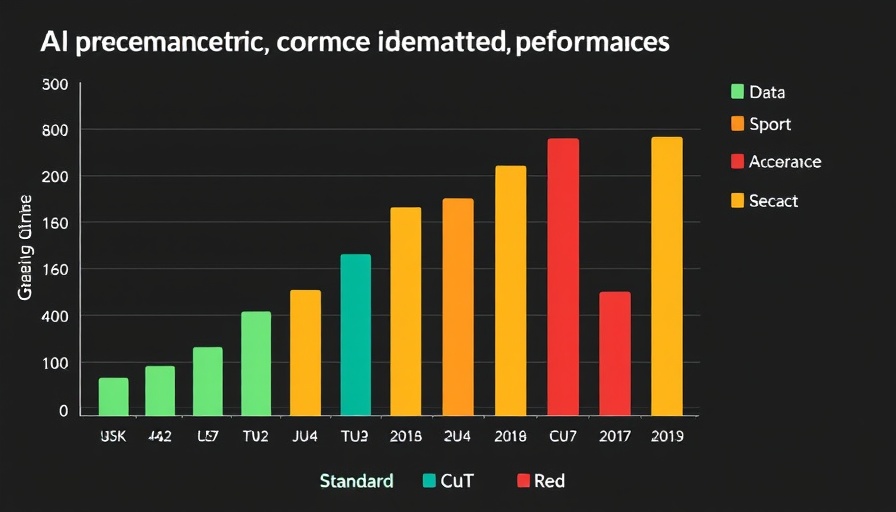
Revolutionizing AI Efficiency with the Chain of Draft
A groundbreaking technique developed at Zoom Communications, known as Chain of Draft (CoD), is set to change the landscape of artificial intelligence. Unlike the traditional Chain of Thought (CoT) method, which mimics a thorough step-by-step problem-solving approach, CoD streamlines this process by requiring fewer words to arrive at solutions. This innovation not only reduces computational resources but also enhances the accuracy of responses from AI systems.
The concept behind CoD emerges from recognizing that humans often skip unnecessary steps while solving problems. By limiting the prompt engine to five words, the researchers have successfully forced AI systems to convey essential information efficiently, enabling improved performance in various applications such as math and coding.
Why Less is More: The Mechanics Behind CoD
The CoD method stands out by cutting down the average number of tokens needed to answer questions dramatically. In tests with Claude 3.5 Sonnet, AI models using CoD reduced token usage from 189.4 to just 14.3—a staggering 92.4% decrease—while simultaneously improving response accuracy from 93.2% to 97.35%. This showcases how adopting a more concise reasoning method can lead to cost efficiency and better operational performance.
Moreover, stakeholders see potential in CoD as it allows enterprises to process complex reasoning queries at significantly lower costs. The business case is compelling; for instance, an enterprise handling one million reasoning queries monthly could reduce expenses from $3,800 to $760, saving over $3,000 monthly. These optimizations are particularly crucial for organizations keen on integrating AI systems without incurring excessive costs.
Implications for the Future of AI Workforce
As AI technology continues to evolve, strategies like CoD underscore a growing emphasis on minimizing verbosity while prioritizing insight. This shift may democratize access to advanced AI capabilities, making it attainable for smaller businesses and budget-constrained environments to leverage high-level AI functions effectively. Practically, companies can implement CoD swiftly without the need for extensive retraining or operational adjustments, making for an attractive transition from CoT prompting.
Broader Applications and Best Practices
The implications of CoD extend beyond mere cost savings. AI-driven customer support systems, real-time analytics, and educational tools can all see enhanced efficiency, responsiveness, and cost-effectiveness as a result of this approach. The beauty of this innovation is its accessibility to businesses already utilizing CoT-based AI strategies. With just simple prompt modification, many enterprises can upgrade their models for immediate impact.
Conclusion: Saving Costs While Enhancing Performance
The Chain of Draft method exemplifies a significant milestone in the evolution of artificial intelligence and machine learning. By adopting practices that promote conciseness, AI systems can operate more efficiently, providing organizations with valuable leverage in an increasingly competitive landscape. Aspiring AI users should keep an eye on these developments to maximize the return on their investments in the technology.
 Add Row
Add Row  Add
Add 




Write A Comment